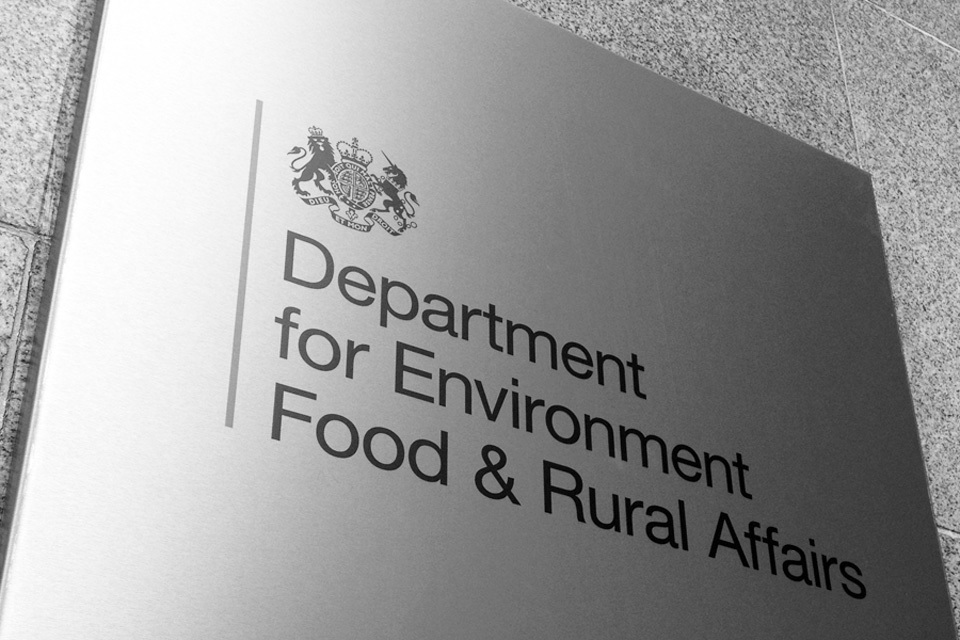- Select a language for the TTS:
- UK English Female
- UK English Male
- US English Female
- US English Male
- Australian Female
- Australian Male
- Language selected: (auto detect) - EN
Play all audios:
ABSTRACT IT has been suggested (I believe by Sommerfeld) that the highest possible atomic number is the constant According to Eddington's theory, this number represents the number of
degrees of freedom of a system of two charges. It is natural to suppose that there is a correspondence (direct or indirect) between degrees of freedom and independent wave-functions, so that
the maximum number of independent wave-functions for a nucleus and satellite electron is 137. By the exclusion principle each satellite electron must be provided with an independent
wave-function, so that there cannot be more than 137 of them. Access through your institution Buy or subscribe This is a preview of subscription content, access via your institution ACCESS
OPTIONS Access through your institution Subscribe to this journal Receive 51 print issues and online access $199.00 per year only $3.90 per issue Learn more Buy this article * Purchase on
SpringerLink * Instant access to full article PDF Buy now Prices may be subject to local taxes which are calculated during checkout ADDITIONAL ACCESS OPTIONS: * Log in * Learn about
institutional subscriptions * Read our FAQs * Contact customer support SIMILAR CONTENT BEING VIEWED BY OTHERS THE PERIODIC TABLE AND THE PHYSICS THAT DRIVES IT Article 29 June 2020 \(\MU
PT\) STATISTICAL ENSEMBLE: SYSTEMS WITH FLUCTUATING ENERGY, PARTICLE NUMBER, AND VOLUME Article Open access 23 July 2021 THERMOCHEMICAL ELECTRONEGATIVITIES OF THE ELEMENTS Article Open
access 07 April 2021 AUTHOR INFORMATION AUTHORS AND AFFILIATIONS * Fitzwilliam House, Cambridge V. V. NARLIKER Authors * V. V. NARLIKER View author publications You can also search for this
author inPubMed Google Scholar RIGHTS AND PERMISSIONS Reprints and permissions ABOUT THIS ARTICLE CITE THIS ARTICLE NARLIKER, V. The Highest Atomic Number. _Nature_ 129, 402 (1932).
https://doi.org/10.1038/129402a0 Download citation * Issue Date: 12 March 1932 * DOI: https://doi.org/10.1038/129402a0 SHARE THIS ARTICLE Anyone you share the following link with will be
able to read this content: Get shareable link Sorry, a shareable link is not currently available for this article. Copy to clipboard Provided by the Springer Nature SharedIt content-sharing
initiative







